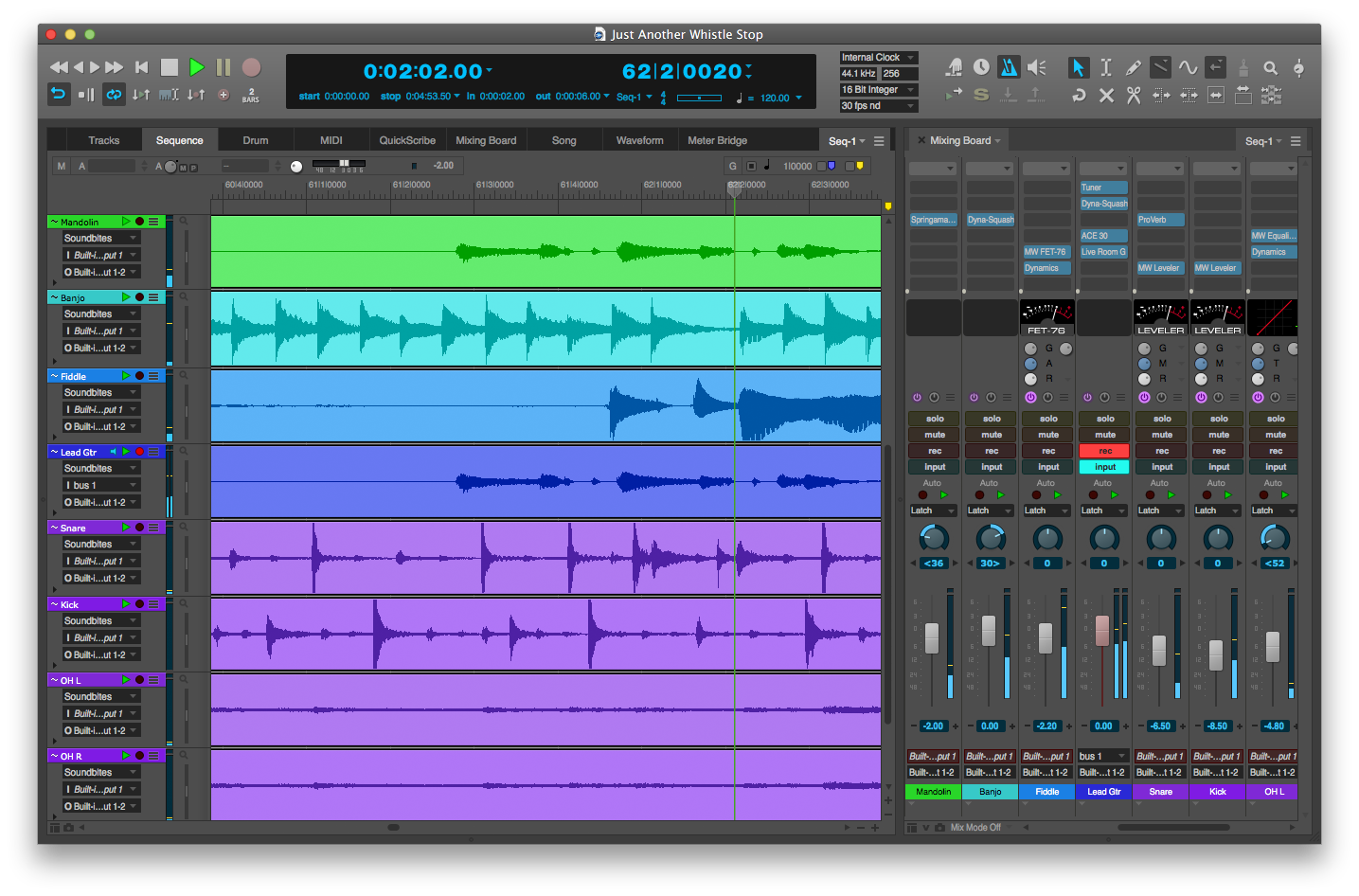Motu Digital Performer Keygen Generator


Jul 13, 2017 - MOTU Digital Performer 9.13 Free Download Latest Version for MAC OS. Standalone setup of MOTU Digital Performer 9.13 crack for macOS. Sep 16, 2017 Digital Performer + keygen + patch MX4™ MultiSynth — Now included with DP, MX4 is a powerful 64-bit virtual instrument plug-in featuring a hybrid synthesis engine that combines several forms of synthesis, including subtractive, wavetable, frequency modulation (FM), amplitude modulation (AM) and analog emulation. Included is a new EDM.
Mac drive 10 serial numbers in word. Digital Performer consistently adds new features and workflow enhancements with each new version. Keith Gemmell reckons Digital Performer 9 looks set to continue the tradition. Details Price £349 Contact Web Minimum System Requirements – Mac or PC, 1.83 GHz or faster. 2 GB of RAM, 4 GB recommended. Mac OS X 10.6.8, Windows 8 or Windows 7.
Since its inception, Digital Performer has always been a no frills product with a plain and simple interface. Like other DAWs, new features are added with each version. Unlike some DAWs, however, radical unnecessary changes to the look and feel of the software are never made and users with some of the earliest versions can confidently upgrade and continue to operate in a familiar working environment.
A variety of plug-ins in Digital Performer take on new or enhanced roles when you investigate their audio and MIDI side-chain capabilities, while others are simply more interesting and useful than you might first suspect. Can you honestly say you use all the features of DP 's plug-ins?
If not, prepare to be intrigued, as we dig deeper into Dynamics, Multimode Filter, Sonic Modulator and more, in search of the facilities you didn't know were there. In Digital Performer, there's more to some plug-ins than meets the eye. Just when you thought you knew what you could expect from a given plug-in, you discover that it has side-chain audio connections, can have its parameters controlled by MIDI, or has other unexpected features that open up all sorts of sonic possibilities. This month, we blow the lid offf the hidden lives of plug-ins both mainstream and a little more specialist.
The vast majority of audio plug-ins take an audio signal, process it in some way and spew out the resulting modified signal. But a few — notably dynamics processors such as compressors and gates — can accept an additional audio signal via a 'side-chain' connection, to influence their operation in some way. DP has its share of side-chain-equipped plug-ins, all of which can do some interesting things when their side-chains are pressed into service. Perhaps the most conventional manifestation of side-chain routing is in the Dynamics plug-in. Using this, it's possible to set up compressor pumping and ducking effects and the sort of rhythmic keyed-gate effects that you often hear applied to vocals or synth pad sounds. Dynamics ' side-chain is implemented in a very straightforward way and is easy to use. To demonstrate this, let's consider how you'd set up a so-called 'keyed' gate effect.
The idea is to place the Dynamics plug-in on a track that is playing back a sustained sound (such as a pad or string section), and then control the opening and closing of its gate with a signal from elsewhere in DP — perhaps a hi-hat track or even a live input — routed to the Dynamics side-chain input. The result is an unnatural stuttering of the sustained sound as the gate opens and closes, which can really spice up an otherwise boring pad part. The hi-hat (or other signal) that is 'keying' the gate is not routed into the audible signal chain; it's just a control signal, which is exactly how MOTU refer to it. The first step is to place the Dynamics plug-in on a track that contains some sustained (or at least fairly continuous) audio and switch Dynamics into Gate mode, using the buttons at the top of the plug-in window. The default behaviour of Dynamics is not to use a side-chain at all, and this is the case when its Control Signal pop-up menu (to the right of the Control level meter) is set to 'Input'. This is the setting you'd use when using the Gate in the normal way, such as when cleaning up a noisy vocal track.
However, we want to disassociate the action of the gate from the level of the input signal, so instead choose a buss from the pop-up menu. This is the basic Dynamics side-chain set up to achieve a rhythmic gate effect. The Dynamics plug-in itself is placed on a track containing a sustaining pad sound, while audio from a more percussive track is routed to its side-chain via one of DP's busses. Now you need to route your new control signal to the Dynamics side-chain input. Sims 4 crack update. Taking a suitably rhythmic or percussive audio track (ideally one with some silence between hits, or at least a good, wide dynamic range), choose for its output the same buss as you chose in the Control Signal pop-up menu a moment ago.